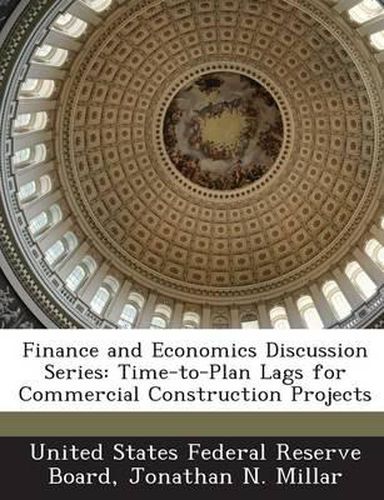Readings Newsletter
Become a Readings Member to make your shopping experience even easier.
Sign in or sign up for free!
You’re not far away from qualifying for FREE standard shipping within Australia
You’ve qualified for FREE standard shipping within Australia
The cart is loading…






We use a large project-level dataset to estimate the length of the planning period for commercial construction projects in the United States. We find that these time-to-plan lags are long, averaging about 17 months when we aggregate the projects without regard to size and more than 28 months when we weight the projects by their construction cost. The full distribution of time-to-plan lags is very wide, and we relate this variation to the characteristics of the project and its location. In addition, we show that time-to-plan lags lengthened by 3 to 4 months, on average, over our sample period (1999 to 2010). Regulatory factors help explain the variation in planning lags across locations, and we present anecdotal evidence that links at least some of the lengthening over time to heightened regulatory scrutiny.
$9.00 standard shipping within Australia
FREE standard shipping within Australia for orders over $100.00
Express & International shipping calculated at checkout
We use a large project-level dataset to estimate the length of the planning period for commercial construction projects in the United States. We find that these time-to-plan lags are long, averaging about 17 months when we aggregate the projects without regard to size and more than 28 months when we weight the projects by their construction cost. The full distribution of time-to-plan lags is very wide, and we relate this variation to the characteristics of the project and its location. In addition, we show that time-to-plan lags lengthened by 3 to 4 months, on average, over our sample period (1999 to 2010). Regulatory factors help explain the variation in planning lags across locations, and we present anecdotal evidence that links at least some of the lengthening over time to heightened regulatory scrutiny.